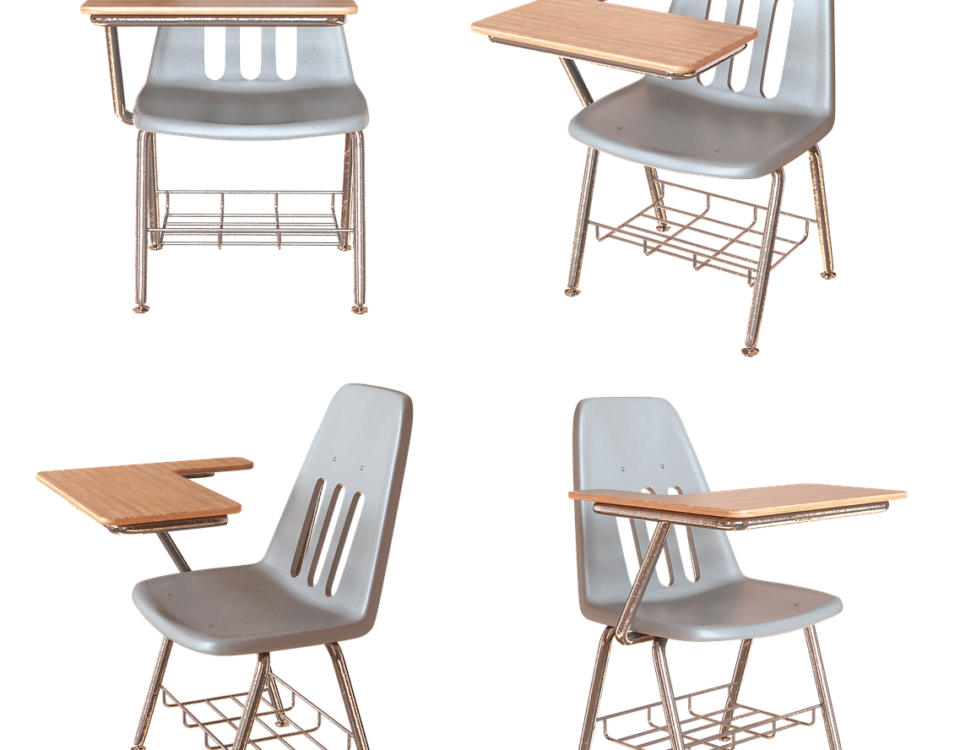Direct Metal 3D Printing Molding Technology

Advantages of the NVC Process in Molding
February 18, 2025
Applications of Rapid Prototyping Technology in the Casting Industry
February 18, 2025Direct Metal 3D Printing Molding Technology is a groundbreaking technique that has evolved rapidly since its inception. First introduced in 1997 by ZCorp in the United States with the 402 model, this technology paved the way for the production of metal parts using a process that combined wax or starch with epoxy resins. The process involves spraying a binding agent onto metal powders to form parts directly. This innovation was followed by other advancements, such as the RTS-300 model developed in 1998 by ExtrudeHone and MIT (Massachusetts Institute of Technology). The RTS-300 uses steel, nickel alloys, and titanium-tantalum alloys, taking the same principle of spraying a binder onto powders to create metal parts.
In 1999, 3D Systems introduced an advanced thermojet solid object printer that used thermoplastic materials, allowing for faster molding speeds. While these systems share basic principles, the key differences lie in the materials used—different metal powders and resin binders are employed in each case. The advent of these machines marked a new chapter in additive manufacturing, especially in the production of metal molds and components.
How Direct Metal 3D Printing Works
The process begins by using 3D printing to layer by layer selectively bond metal powders to form a semi-finished product. Afterward, the piece undergoes secondary sintering and copper infiltration, which results in a metal workpiece with a composition of approximately 60% steel and 40% copper. This dual-stage process strengthens the material, making it suitable for the production of high-performance metal molds.
One of the most significant advantages of direct metal 3D printing is its ability to incorporate conformal cooling channels directly into the mold. Conformal cooling is essential in injection molding processes as it helps to maintain an even temperature distribution across the mold. By embedding these cooling channels into the metal mold, the injection cycle time can be reduced by over 35%. This feature not only improves efficiency but also enhances the overall quality of the molded products by reducing thermal gradients that can lead to defects.
In addition to conformal cooling, support structures can be integrated into the molds during the 3D printing process. These supports improve heat distribution and help to reduce the overall mass of the mold, further enhancing the performance and longevity of the tool.
Key Benefits of Direct Metal 3D Printing for Molding
- Reduced Injection Cycle Times: As mentioned, the ability to embed conformal cooling channels results in a 35% reduction in injection cycle time, making the molding process faster and more efficient.
- Improved Thermal Management: Direct metal 3D printing allows for better heat distribution throughout the mold, leading to fewer thermal stresses and reduced warping in the final product.
- Enhanced Molding Precision: The technology enables the creation of intricate and complex geometries, which are often impossible to achieve with traditional methods. This makes it ideal for producing high-precision molds with advanced features such as cooling channels and integrated support structures.
- Faster Production and Prototyping: Since the process is based on additive manufacturing, molds can be produced faster than traditional casting or machining methods. This not only speeds up production timelines but also enables rapid prototyping for testing and design iteration.
- Cost-Efficiency for Low-Volume Production: Unlike traditional injection molding methods, which require expensive tooling and long lead times, direct metal 3D printing reduces the costs associated with mold production, especially for low-volume runs or custom molds.
Applications of Direct Metal 3D Printing in Molding
Direct metal 3D printing technology is increasingly used in various industries, including automotive, aerospace, and medical device manufacturing, where high-quality and complex molds are often required. By utilizing this technology, manufacturers can create more efficient molds with optimized designs, enhancing the overall performance of the molded parts.
In the aerospace industry, for example, the ability to integrate conformal cooling directly into molds can help reduce the thermal stresses on parts that must withstand extreme temperatures. In the automotive industry, the speed of production and the ability to create customized mold features offer cost-effective solutions for low-volume production runs.
Conclusion
The Direct Metal 3D Printing Molding Technology represents a revolutionary step forward in the production of metal molds. By combining rapid prototyping with advanced metal additive manufacturing, this technology offers numerous advantages, such as reduced cycle times, improved thermal management, and the ability to produce highly complex mold designs. With continued advancements in the technology and its growing use in industries like automotive, aerospace, and medical devices, direct metal 3D printing is set to transform the future of mold production and additive manufacturing.


